Goo by Sonic Youth
Buy Goo Sonic Youth‘s 1990 album Goo was a critical success and reached the highest album charting position of the group’s career. Their sixth overall release, this was the first after signing their […]
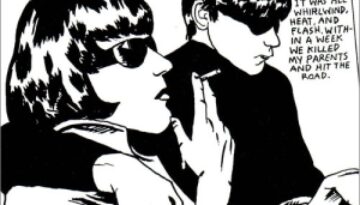
Buy Goo Sonic Youth‘s 1990 album Goo was a critical success and reached the highest album charting position of the group’s career. Their sixth overall release, this was the first after signing their […]
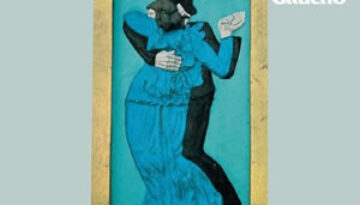
Buy Gaucho Steely Dan had a smooth and steady upward climb through their heyday in the 1970s, with an album-a-year released for six straight years and each gaining in popularity. The group’s seventh […]
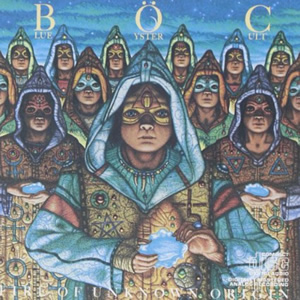
Buy Fire of Unknown Origin Fire of Unknown Origin was released during an era when Blue Öyster Cult fully embraced their mythical “cult” status amoung hard rock fans, a feature of early eighties […]
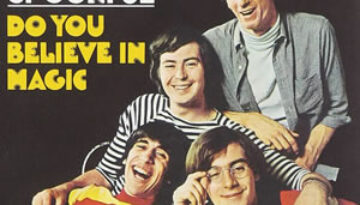
Buy Do You Believe in Magic? The Lovin Spoonful had a meteoric career which climaxed shortly after it began in the mid 1960s. Do You Believe in Magic is the 1965 debut album […]
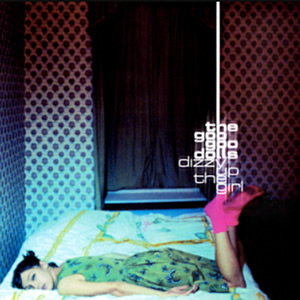
Buy Dizzy Up the Girl It took six albums and over a decade for Goo Goo Dolls to be propelled into international success and 1998’s Dizzy Up the Girl was that ultimate catalyst. […]
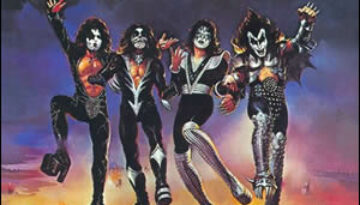
Buy Destroyer On the brink of mainstream success, glam rock band Kiss set out to create a serious studio album by enlisting Alice Cooper’s producer Bob Ezrin. In producing the band’s fourth album, […]
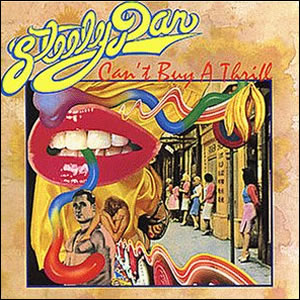
Buy Can’t Buy a Thrill For a debut effort, Can’t Buy a Thrill by Steely Dan is quite polished and refined. This is hardly a surprise as the group’s founders and core songwriters […]
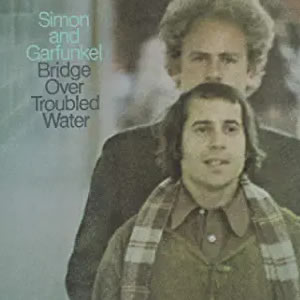
Buy Bridge Over Troubled Water Simon & Garfunkel saved their best for last with the early 1970 release of Bridge over Troubled Water, the fifth studio album by the New York based folk […]
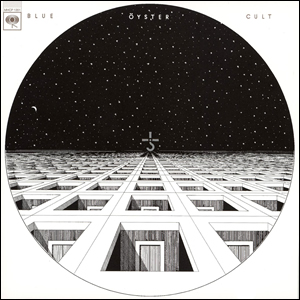
Buy Blue Öyster Cult The eponymous debut album by Blue Öyster Cult kicked off the year 1972 as well as the recording career of this Long Island, New York based rock group. Often […]
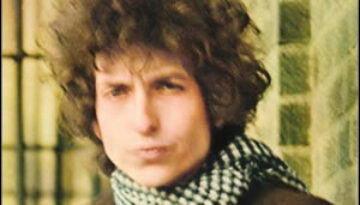
Buy Blond On Blonde I had the pleasure of seeing Bob Dylan live over the summer. It was a great experience, which I wrote about for Modern Rock Review. So I jumped at […]